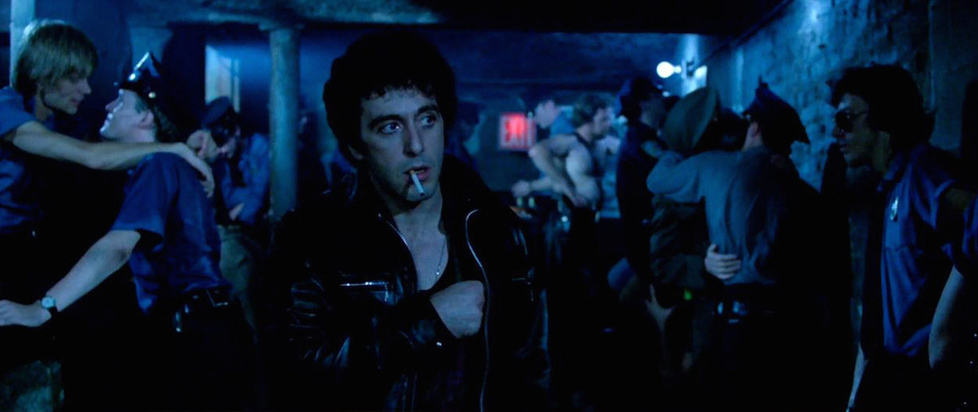
One Day This City’s Gonna Explode: Friedkin’s Cruising (1980) on Blu-ray
“I hope this is the wrong kind of crowd.”
Cruising is one of those films whose legend is far more famous than the film itself. In 1979, when William Friedkin was beginning production on Cruising, Village Voice columnist Arthur Bell – whose own accounts of unsolved murders in New York’s gay nightlife served as partial inspiration for the film – called upon his readers to “give Friedkin and his production crew a terrible time.”
A copy of the screenplay had leaked and the city’s gay community was up in arms. The featurettes included with the new Arrow Video Blu-ray of Cruising describe throngs of thousands of protesters who took up Bell’s advice to give the production a “terrible time” by whistling and blasting air horns during takes, standing on rooftops and using reflectors to shine light down onto the set, even renting apartments next door and blaring loud music. Anything and everything to disrupt production.
Even before Cruising had finished filming, Bell was already calling it “the most oppressive, ugly, bigoted look at homosexuality ever present on the screen, the worst possible nightmare of the most uptight straight.” This was the pall under which Cruising was filmed and the controversy to which it premiered – to poor contemporary reviews and disappointing box office performance.
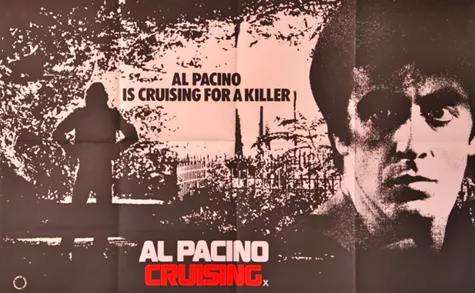
The problems with Cruising weren’t limited to controversy, either. After its release, it was linked to hate crimes, including a mass shooting targeting patrons of The Ramrod, one of the bars featured prominently in the film.
With all this background in mind, I was nervous to check out Friedkin’s Cruising all these years later. So, was Bell right? Is Cruising homophobic? Of course it is, in perhaps the most literal possible sense of the word. The entire film is like one long, sustained note of gay panic; one that the controversial and ambiguous ending only amplifies. The fact that I’m sure the filmmakers didn’t mean for it to be only goes so far to ameliorate its problems.
And yet, while it’s impossible to write about Cruising without also grappling with the controversy that surrounds it, the film’s homophobia is in many ways its least interesting feature and, if anything, Cruising probably feels less controversial now than when it was released.
 Maybe that’s because mainstream media is less likely to demonize the gay lifestyle today than it was when Cruising came out. Reporting on the controversy surrounding the film, Time magazine blithely claimed that “homosexual homicides are frequent – and often gruesome.”
Maybe that’s because mainstream media is less likely to demonize the gay lifestyle today than it was when Cruising came out. Reporting on the controversy surrounding the film, Time magazine blithely claimed that “homosexual homicides are frequent – and often gruesome.”
The National Gay Task Force, in objecting to a profile that the New York Times ran on Friedkin, wrote that “in the context of an anti-homosexual society, a film about violent, sex-obsessed gay men would be seen as a film about all gay people.”
While it’s hard to deny that our society is still anti-homosexual, maybe it says something about the progress we’ve made that the notion that Cruising was ever intended to be representative of the lifestyle seems much more far-fetched now than it probably did then.
Friedkin has always argued that there is nothing anti-gay in Cruising. Those same featurettes on the Blu-ray point out that Friedkin’s crew hired hundreds of members of the New York gay community to fill out the film’s many crowded bar scenes, and shot in gay nightclub landmarks like the Ramrod, Anvil, Mine Shaft and Eagle’s Nest – at least, until some of them banned Friedkin and his crew from entering.

Nearly forty years later, Cruising remains notable for its frank depiction of gay sex – a sequence of implied fisting stands out as particularly risqué – but is perhaps even more striking as a time capsule of a moment, captured almost by accident.
There’s a scene in the eighth episode of the first season of the TV series Community when Pierce (played by Chevy Chase) says, “I tell you, before AIDS, sex was like shaking hands.”
“Hence AIDS,” Abed replies.
The first cases of AIDS were clinically reported in the United States 1981, just over a year after Cruising made its theatrical debut. Shooting in real bars in New York City’s Meatpacking District, using real locals as extras, Cruising’s hot and sweaty, tightly-packed and hedonistically lurid bar scenes feel less like a statement about the gay community and more like the last gasp of an era of heightened sexual abandon. After all, the knife wielding killer of Cruising could never claim as many lives as HIV would in the coming years.

It’s also unusual to see the male body so aggressively sexualized in a mainstream movie – even today, when Laura Mulvey’s concept of the “male gaze,” first explored shortly before Cruising was filmed, permeates much of our critical discourse on film.
While Cruising never goes so far as to hang dong*, there are acres of sweaty flesh on display, and the camera’s lingering gaze is every bit as smoldering as the come-hither looks that are thrown left and right. The fact that this serves to Other and objectify the gay men in the film adds to the film’s problematic nature, but also serves as an odd counterpoint to the “male gaze” typically found in movies like this.
If anything, the men who haunt these landmarks are portrayed as hyper-masculine. “Even the most ‘female’ specimens boast Iron Man bodies under their Marilyn-like cascades of long blonde locks,” F.X. Feeney writes in the booklet that accompanies the Blu-ray.
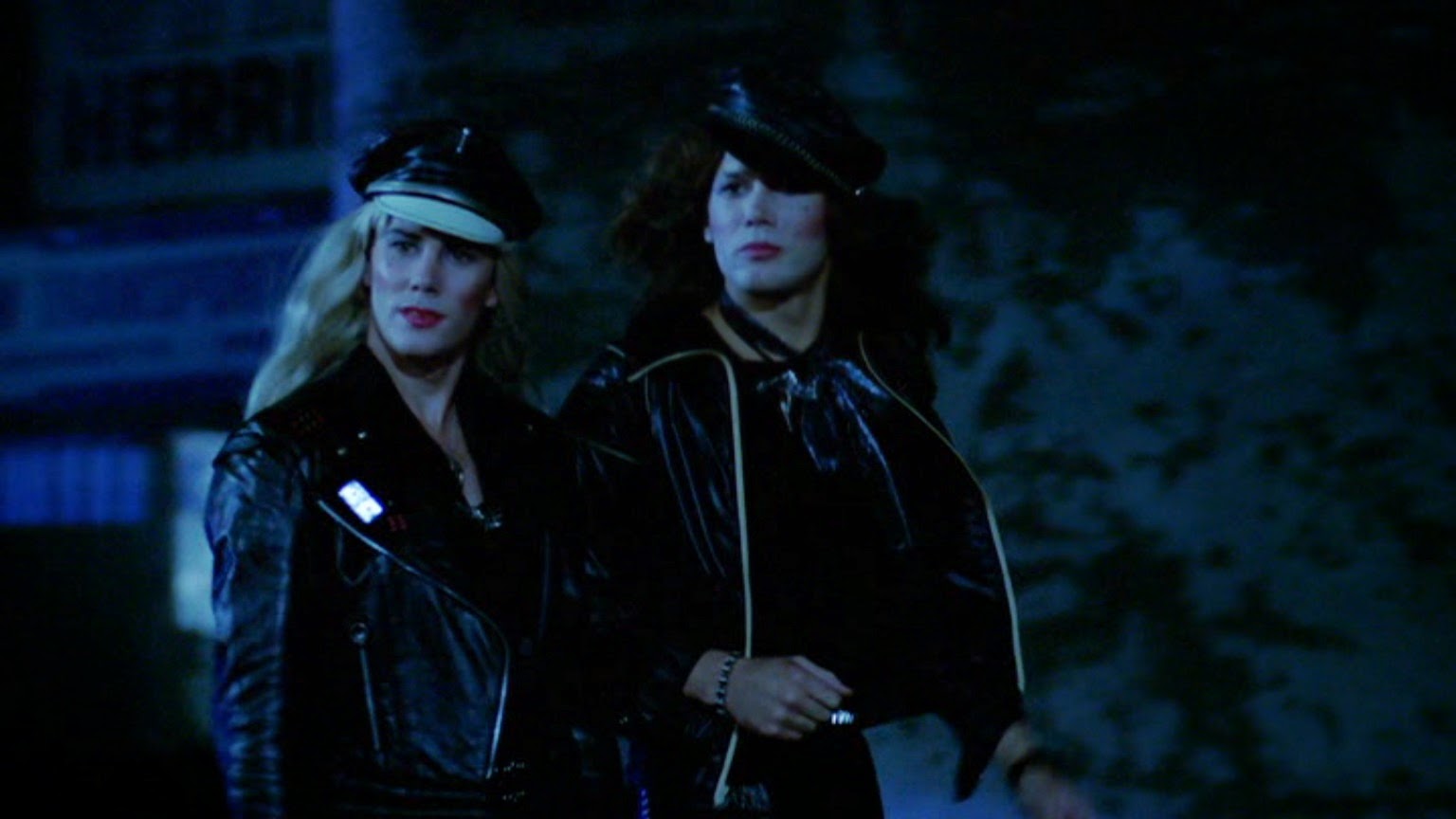
Friedkin had already passed on adapting Cruising from the 1970 novel of the same name several years before. It took an unlikely confluence of events to rekindle his interest. One was Arthur Bell’s own columns about murders in New York’s gay community, but another was Paul Bateson, who had appeared, briefly, as a radiology tech in The Exorcist.
In 1979, Bateson confessed to killing film journalist Addison Verrill after what Bateson described as a drunken one-night stand. Bateson was also suspected, but never charged, in a series of “trash bag murders,” in which the dismembered bodies of gay men were found floating in the Hudson River, wrapped in garbage bags.
Friedkin obtained permission to interview Bateson in prison, and incorporated elements of his story into Cruising. “The unexplained deaths and brutal murders aroused my curiosity,” Friedkin said. “The devil was at work.”
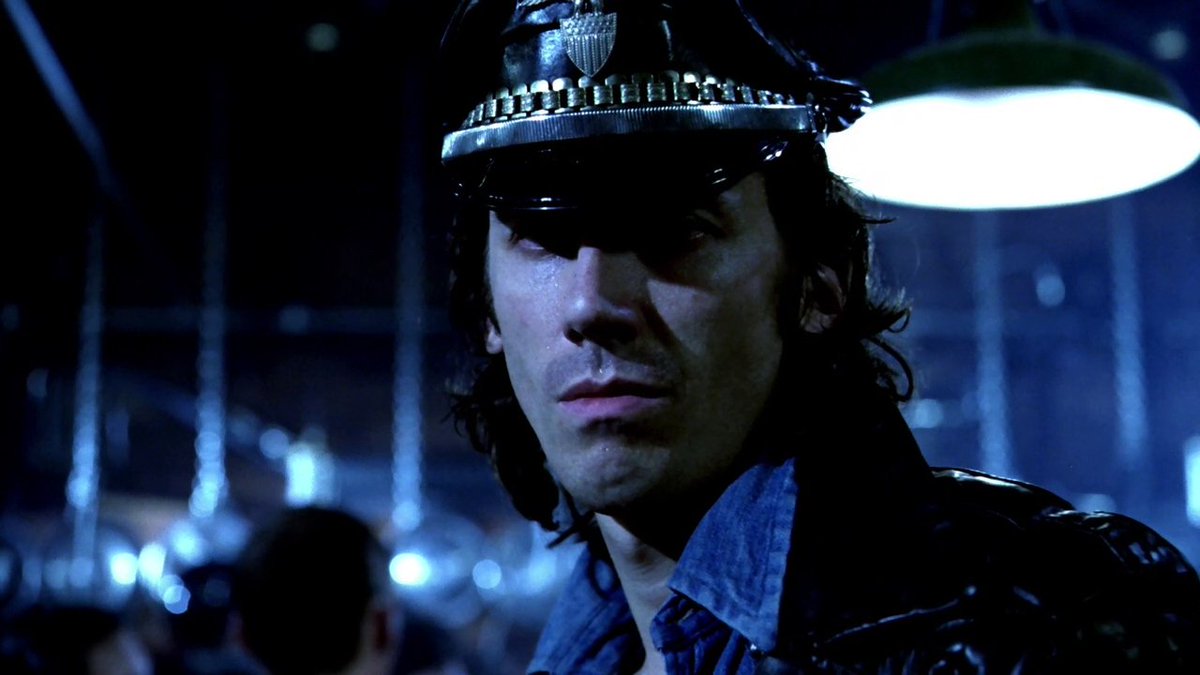
That line about the devil may be a cheeky nod to the film that Friedkin is best known for, but it also gives you some idea of what you can expect from Cruising, if it’s possible to watch it out from beneath the oppressive cloud of its homophobia and controversy.
Cruising feels almost like a supernatural serial killer flick – something caught midway between the deadly elegance of a giallo and a sleazy proto-slasher like William Lustig’s Maniac, with which it also shares actor Joe Spinell. (If you want to immediately conjure the 42nd Street vibe of New York at the beginning of the ‘80s, just cast Joe Spinell.)
There is a taut intensity in almost every aspect of the film that is hard to beat and almost impossible to deny. Whatever else you can say about Cruising, it is absolutely stunning in its new 4K scan – beautiful as only lovingly restored films from the past can be. Just look at how gorgeous the lighting is in the park scenes that lead up to the film’s final confrontation.
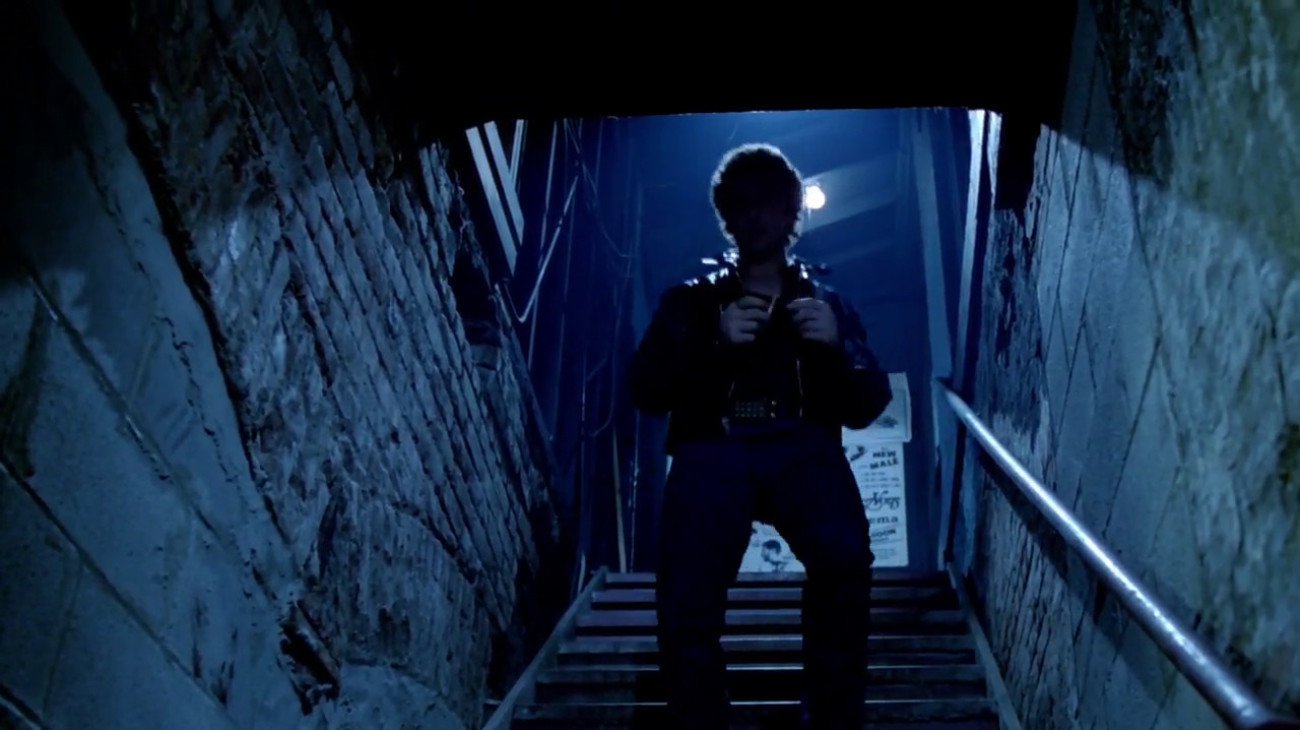
The controversial twist may have been discovered in the cutting room, as Friedkin claims, but it also feels inevitable, echoing, as it does, an anecdote told to Friedkin by Bateson; “If I confess to eight or nine more murders, they’ll reduce my sentence.”
That ending, which was widely rejected by critics at the time, not to mention star Al Pacino, serves to amp up the film’s notes of gay panic considerably, as I said, but it also does something else – it gives Cruising a sense of scale that reaches beyond its own events, a dissolute grandeur that helps to elevate it beyond the confines in which it might otherwise have found itself mired.
—
* At least, not in the print that exists, though the film’s outsized legend claims that upwards of forty minutes was cut to bring the film in at an “R” rating. These fabled cut minutes went on to inspire their own film, Travis Mathews and James Franco’s Interior. Leather Bar.


